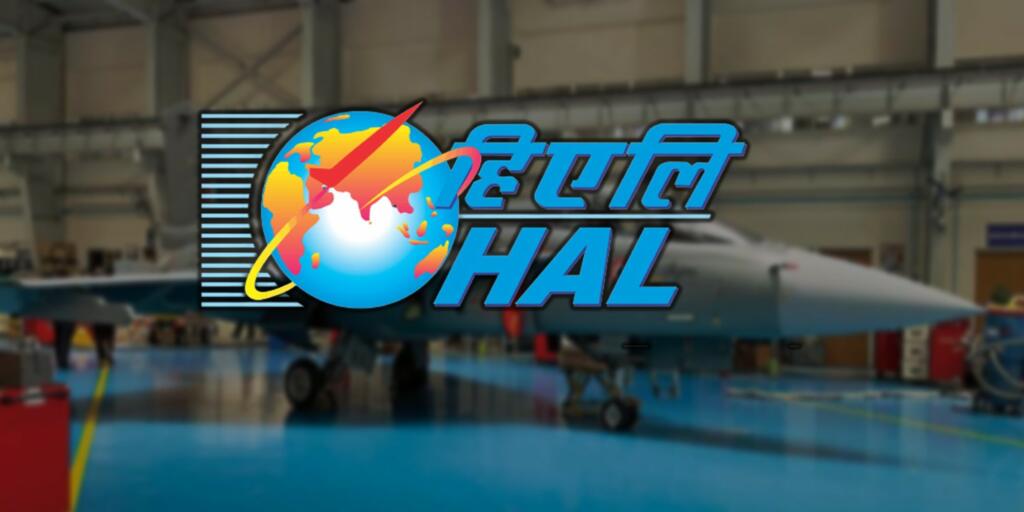
Introduction
In this comprehensive financial report, we delve into Hindustan Aeronautics Limited’s (HAL) Q4 results, highlighting the key aspects of their performance. Despite encountering a challenging market landscape, HAL managed to achieve notable revenue growth of 8%, while experiencing a slight decline of 9% in profits compared to the previous year. We analyze the factors influencing these results and provide valuable insights into the company’s overall performance during the period.
Economic Overview
The aerospace and defense industry operates in a dynamic environment, influenced by various factors such as geopolitical tensions, changing customer demands, and supply chain disruptions. HAL, as a prominent player in this sector, has displayed resilience and adaptability, sustaining its position despite the prevailing market challenges.
Key Financial Highlights
HAL Q4 financial report presents a mixed bag of performance indicators, indicating both positive and negative trends. While revenue witnessed a noteworthy increase of 8%, reaching Rs. 2,831 crore, profits experienced a modest dip of 9% compared to the same period last year. It is important to analyze these highlights within the broader market context and consider the company’s overall performance.
Factors Influencing Revenue Growth
1. Strong Order Book
HAL robust order book served as a driving force behind the remarkable revenue growth observed in the fourth quarter. The company secured several significant contracts, both domestically and internationally, showcasing their expertise and versatility across diverse sectors within the aerospace and defense industry.
2. Expansion of Service Offerings
HAL strategically expanded its service offerings during the quarter to capitalize on emerging market opportunities. By diversifying their portfolio, the company effectively catered to evolving customer demands. This proactive approach not only contributed to revenue growth but also positioned HAL as a comprehensive solution provider in the aerospace and defense domain.
3. Collaborative Ventures and Partnerships
HAL actively engaged in collaborative ventures and partnerships with domestic and international entities. These alliances facilitated knowledge sharing, technology transfer, and joint research and development initiatives. The resulting synergies not only enhanced HAL capabilities but also generated new revenue streams, ultimately expanding the company’s global footprint.
Profit Margins and Challenges
While HAL experienced a slight decline in profits, it is essential to consider the challenges faced by the company during the fourth quarter. Several factors influenced these profit margins:
1. Supply Chain Disruptions
The aerospace and defense industry heavily relies on a complex global supply chain. HAL encountered disruptions caused by the COVID-19 pandemic and other external factors, leading to increased costs and delays. These challenges, coupled with rising raw material prices, exerted pressure on profit margins.
2. Research and Development Expenses
HAL continued its significant investment in research and development (R&D) to remain at the forefront of technological advancements. The fourth quarter witnessed higher R&D expenses, primarily associated with the development of cutting-edge products and solutions. While these investments are crucial for future growth, they had a temporary impact on profit margins.
3. Exchange Rate Fluctuations
As an international player, HAL operates in various currencies, making it susceptible to exchange rate fluctuations. During the quarter under review, certain currency movements adversely affected the company’s profitability, particularly in relation to imported components and equipment.
Conclusion
HAL Q4 financial results reflect a robust performance despite the challenges posed by the market. With an 8% increase in revenue and strategic initiatives driving growth, HAL has demonstrated its ability to adapt and thrive in a dynamic industry.
While a slight dip in profits occurred, it is important to acknowledge the underlying factors such as supply chain disruptions, R&D investments, and exchange rate fluctuations. HAL remains steadfast in its commitment to overcoming these challenges and sustaining profitability in the long run.
As HAL continues to strengthen its position as a leader in the aerospace and defense sector, its strong order book, expansion of service offerings, collaborative partnerships, and focus on innovation and operational efficiency will be instrumental in securing a prosperous future.







